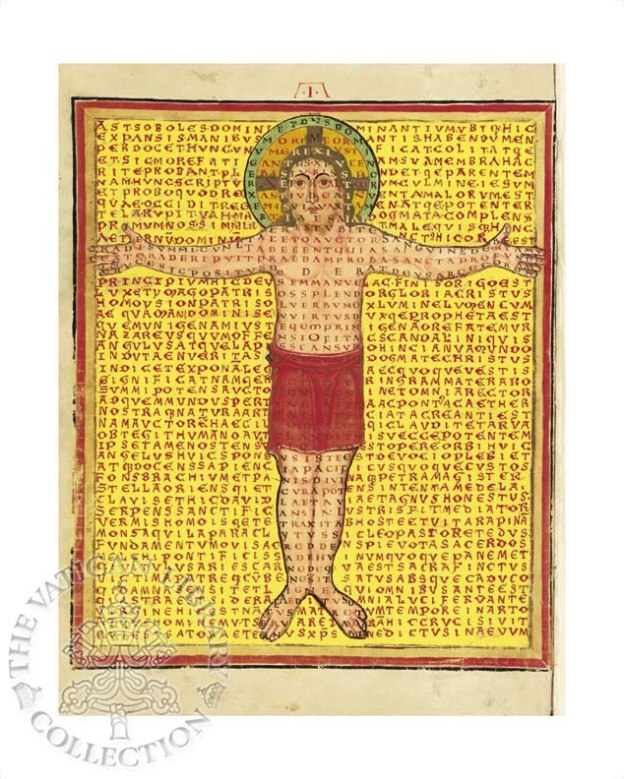The story of the papyrus fragment labelled “The Gospel of Jesus’ Wife” has taken some significant turns in the week since the news of it was first reported. While the jury is still out regarding the authenticity of this document, it is important to note that there are significant questions in this regard. A recent post by Dr. James McGrath offers a roundup on this score. In my view, this aspect of the story is beneficial because it helps the larger public see how scholarship is conducted. Academics do not offer carefully worded statements simply to be opaque but rather because they appreciate that establishing certainty and fact can at times require time, effort, and careful investigation. In a context in which many governments seem eager to lay the axe to funding humanities programs in colleges and universities, offering a public example of how such disciplines go about their work is a good thing.
Another key aspect of the discussion about this papyrus is it returns attention to the historical Jesus and his Jewish context. A common trope is that it would have been out of the ordinary for a Jewish male not to have been married in the first century. On his blog, Tony Jones posted a guest opinion by Rabbi Joseph Edelheit in which he argued that divergence between Jews and Christians about the marital status of Jesus offers an opportunity for dialogue. Edelheit argues that Jews would assume the marital status of Jesus because of his identity as a Jew but Christians focus on Jesus as the risen and incarnate Messiah for whom marriage is not a possibility. He urges Jews to understand that when they engage with Christians, they are talking to believers whose faith is located in but transcends history. “But if the rabbi wants to understand how Christians must intellectually multi-task, having both a Jesus in history and a Christ beyond history, then listening might be the best tactic.” This suggests a divide that must be crossed in dialogue.
While I am sympathetic to what Edelheit is up to in terms of encouraging dialogue, I wonder about some of the underpinnings of his argument. Is it a priori that Christian faith requires a celibate Jesus? More important for the work I do in Jewish-Christian relations, he seems to assume that it is appropriate for Christians to abandon belief in Jesus as a first-century Jew and maintain a belief in the Christ beyond history. There has been much work in Christian circles to retrieve the Jewish Jesus and we have only just begun to sort through the theological implications of this move. I would prefer that the “Gospel of Jesus’ Wife” move us to more deeply consider the Jewish context of Jesus than assume that it is rightly abandoned by Christian theology.

